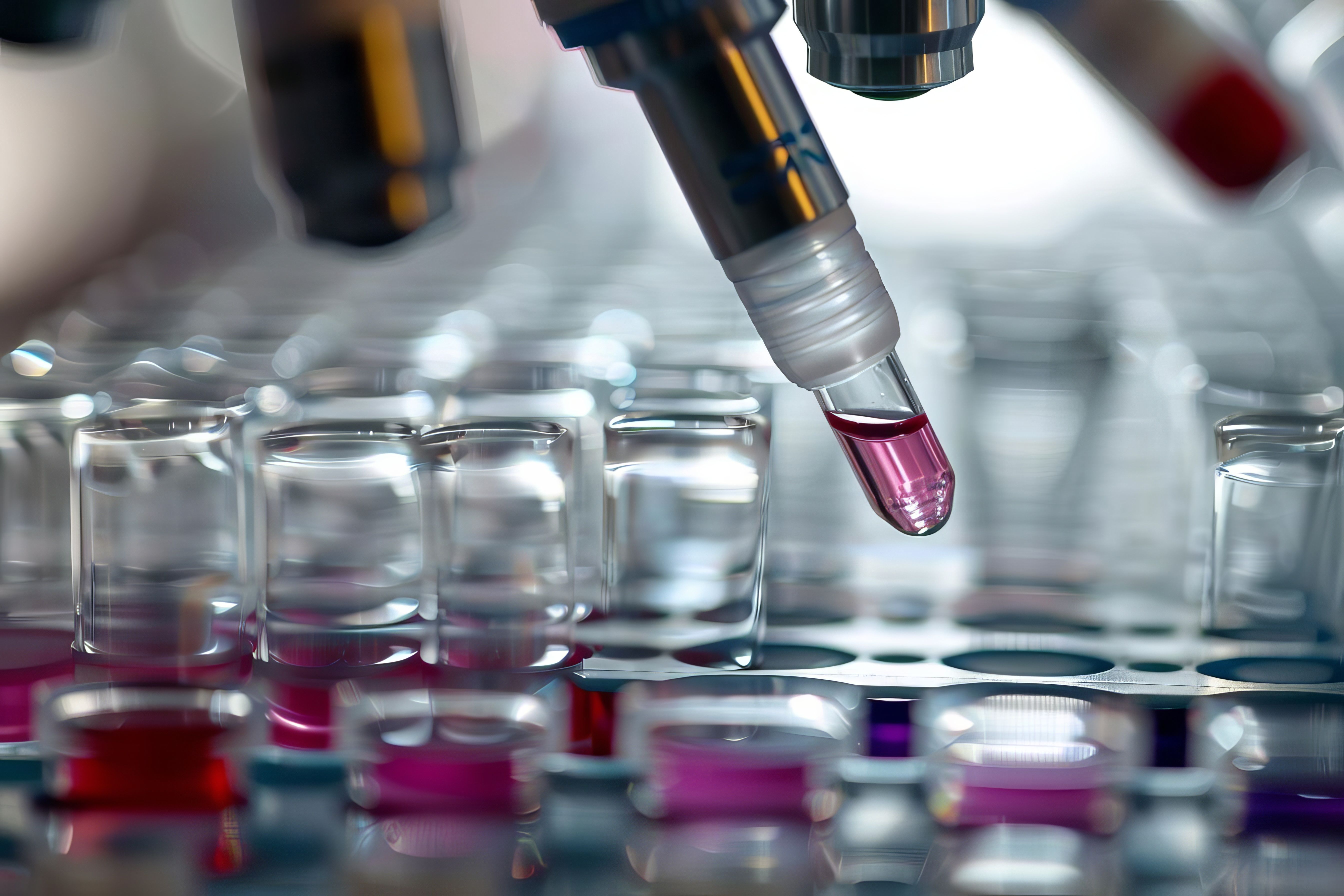News
Article
Novel Prognostic Biomarkers Discovered for SMA
Author(s):
Key Takeaways
- Biomarkers for SMA were identified using LC-MS and machine learning, revealing differences in protein expression across SMA types.
- CNTN1 and NRXN3 proteins showed potential as prognostic biomarkers, distinguishing severe SMA type 1 from milder phenotypes.
CNTN1 and NRXN3 clearly differentiated severe and milder forms of spinal muscular atrophy (SMA).
Researchers have discovered biomarkers for diverse forms of spinal muscular atrophy (SMA) following applications of untargeted liquid chromatography mass spectrometry (LC-MS) and the Random Forest (RF) machine-learning algorithm, according to a multicenter, retrospective, longitudinal study published in Cellular and Molecular Life Sciences.1
SMA is a genetic disease that affects the central nervous system, peripheral nervous system, and voluntary muscle movement, according to the Muscular Dystrophy Association.2
“The availability of disease-modifying therapies and newborn screening programs for spinal muscular atrophy (SMA) has generated an urgent need for reliable prognostic biomarkers to classify patients according to disease severity,” the authors wrote. “This untargeted LC-MS proteomic profiling in the [cerebrospinal fluid] of SMA patients revealed differences in protein expression in naïve patients and showed nusinersen-related modulation in several biological processes after 10 months of treatment.”1
Biomarker identification has the potential to transform screening, early identification and treatment for diseases like SMA | image credit: nattapon98 - stock.adobe.com

CNTN1, an axo-glial adhesion molecule, demonstrated the lowest expression levels in SMA type 1 and higher expression in SMA type 2 and SMA type 3. NRXN3 exhibited a progressive increase in expression levels, with the lowest levels observed in patients with SMA type 1 and the highest in patients with SMA type 3 at baseline (T0).
In all, researchers discovered 147 proteins that classify the different types of SMA, according to their differential abundance at T0 and following nusinersen treatment in SMA type 1, 135 in SMA type 2, and 289 in SMA type 3. These results were consistent with common effects observed in all SMA types, such as regulation of axonogenesis, and disease severity-specific changes, which include regulation of glucose metabolism in SMA type 1, coagulation processes in SMA type 2, and of complement cascade in SMA type 3.
CNTN1 is expressed both in the central and peripheral nervous system and is mainly located at the paranodes, where it forms a tripartite complex contributing to the stabilization of the connection between the axon and the myelin loops, according to the study. NRXN3 is a member of the neurexin family (NRXN1, 2 and 3), which are presynaptic cell adhesion molecules necessary for synapse formation and maintenance, according to the study.
The study consisted of 61 genetically confirmed patients with SMA, registering a median age of 2.1 years, who were treated with nusinersen, including 19 with SMA type 1, 19 SMA type 2, and 23 SMA type 3. An LC-MS-based proteomic approach was performed on cerebrospinal fluid (CSF) samples collected at T0 and after 302 day of treatment (T302).
Researchers also conducted a comparison of protein fold changes between T0 and at T302 in responder (R) and non-responder (non-R) patients. Based on outcome measures improvement at T302, they classified as responders 52.6% of SMA type 1, 33.3% of SMA type 2, and 26.1% of SMA type 3.
The study also reports that at T302, nusinersen significantly modulates the CSF proteome, causes a common effect in all types of SMA, and specific effects in the different forms. Nusinersen-modulated biological processes related to axonogenesis and axon development in all patients with SMA.
“[C]onsidering the role that CNTN1 and NRXN3 play in the nervous system, we foresee their potential as prognostic biomarkers to distinguish severe [SMA type 1] from milder phenotypes in the context of newborn screening in immunomodulatory processes via T regulatory cells, the SPOCK1 (P = .00094), an extracellular proteoglycan that belongs to the secreted protein acidic and rich in cysteine (SPARC) family and is involved in the regulation of blood brain barrier (BBB) permeability, and the heat shock proteins HSPA1A/HSPA1B (P = .002), which are highly conserved cellular response to internal and external stress,” the authors wrote.
References
- Panicucci C, Sahin E, Bartolucci M, et al. Proteomics profiling and machine learning in nusinersen-treated patients with spinal muscular atrophy. Cell Mol Life Sci. 2024;81(1):393. doi:10.1007/s00018-024-05426-6
- Spinal Muscular Atrophy. Muscular Dystrophy Association. Accessed October 1, 2024. https://www.mda.org/disease/spinal-muscular-atrophy





